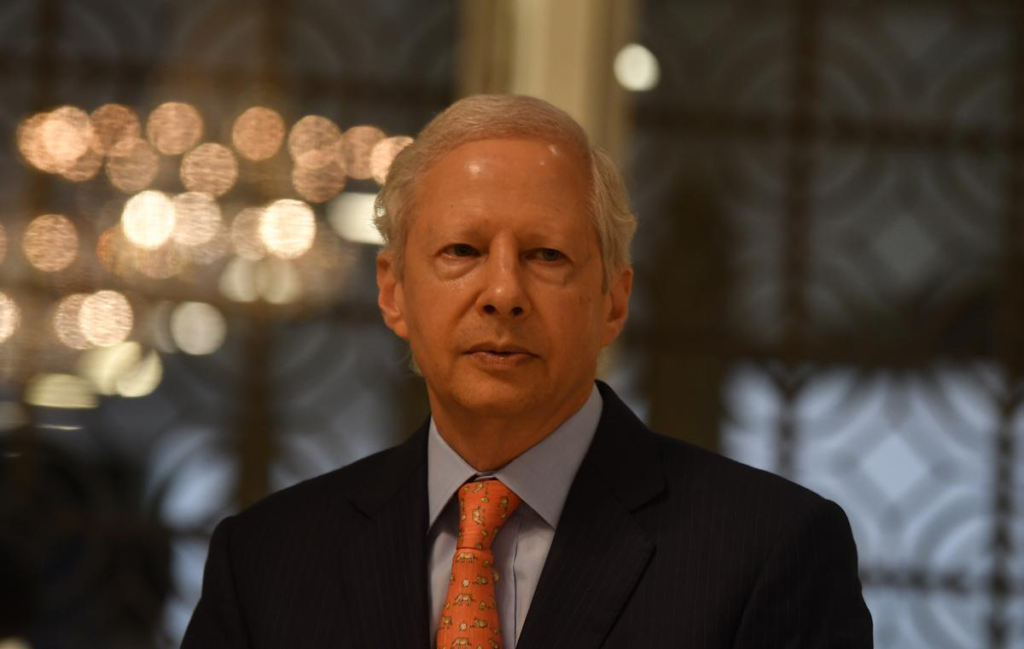Context: Following the U.S. election result, the relationship between the U.S. and India during Donald Trump’s second term could become stronger, although tariff-related issues may create challenges.

Why US India ties will be strengthed?
• Aligned Strategic Interests: Both the U.S. and India perceive China as a major strategic challenge, creating a shared focus on the Indo-Pacific region and encouraging collaboration on defence and security.
• Leadership and Political Commitment: Donald Trump’s expected second term is likely to strengthen U.S.-India relations, building on the robust ties established during his first term. The pro-India stance of Trump’s cabinet appointees further signals continued support for deepening bilateral ties.
• Opportunities for Economic Cooperation:Renewed efforts toward trade agreements and economic partnerships, including the potential finalization of a Free Trade Agreement (FTA), could improve market access and lower tariffs, benefiting both nations’ economies.
• Collaboration in Defence and Technology:Ongoing cooperation in defence and technology, particularly in sectors like semiconductors and emerging technologies, will enhance mutual security and bolster the partnership.
In which area would ties be strengthened?
• Defence and Security: The U.S. and India have deepened their defence partnership through joint military exercises and technology sharing, including a recent proposal to resume the transfer of jet engine technology to India.
• The India-U.S. Initiative on Critical and Emerging Technology (iCET) promotes collaboration in fields such as artificial intelligence, quantum computing, and cybersecurity.
• Economic Ties: Bilateral trade has grown significantly, increasing by 72% between 2017-18 and 2022-23, underscoring a strong economic relationship. Both nations are working to resolve trade disputes to maximize mutual benefits.
• Technological Cooperation: Programs like INDUS-X aim to connect defence start-ups from both countries, fostering innovation in military technology and advancing critical areas such as semiconductors.
• Multilateral Engagement: Collaboration through platforms like the Quad (with Japan and Australia) enhances regional security efforts and addresses shared challenges, particularly concerning China.
| What were the successful agreements between India and the USA during the first term of the Donald Trump period?Communications Compatibility and Security Agreement (COMCASA):Signed in September 2018, this agreement enabled secure communication between the armed forces of India and the U.S., improving interoperability during joint operations. Basic Exchange and Cooperation Agreement (BECA): Concluded in October 2020, BECA established a framework for sharing geospatial intelligence critical for military planning and operations. Industrial Security Annex (ISA): Signed in December 2019, this agreement facilitated greater collaboration in defence manufacturing and technology transfers between the two nations. Strategic Trade Authorization (STA-1) Status: The U.S. granted India STA-1 status, simplifying access to advanced technologies previously reserved for NATO allies. 2+2 Dialogue Mechanism: This platform brought together the defense and foreign ministers of both countries to address strategic issues, strengthening diplomatic and defense cooperation. |
What could be the challenges between India and the USA?
• High Tariffs and Market Access: Disputes over tariffs and access to Indian markets, especially for U.S. products in the agriculture and technology sectors, continue to be major points of contention.
• Geopolitical Differences: Diverging policies on issues such as Iran and Russia could strain the relationship, especially given India’s long-standing ties with Russia.
• Legal Investigations: Ongoing investigations by the U.S. Department of Justice into matters involving Indian entities might complicate diplomatic ties and foster perceptions of bias against the Indian government.
Way forward
• Engage in Productive Dialogue: India should proactively engage with the U.S. to resolve tariff disputes and find mutually advantageous solutions that improve market access for American products while safeguarding domestic interests.
• Enhance Economic Cooperation Structures:Developing comprehensive economic agreements that cover trade, investment, and technology sharing can help reduce tensions and strengthen the partnership.
• Clarify Positions on Geopolitical Matters: India should clearly communicate its stance on sensitive geopolitical issues to prevent misunderstandings with the U.S., particularly concerning its ties with Iran and Russia.

